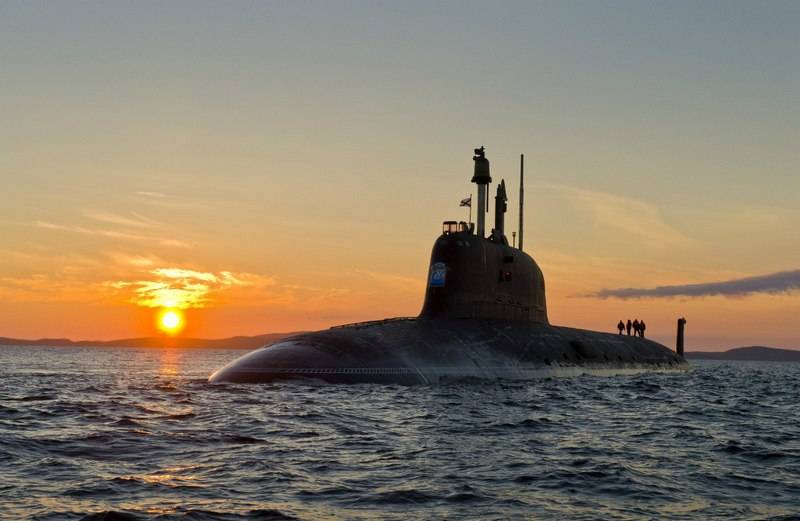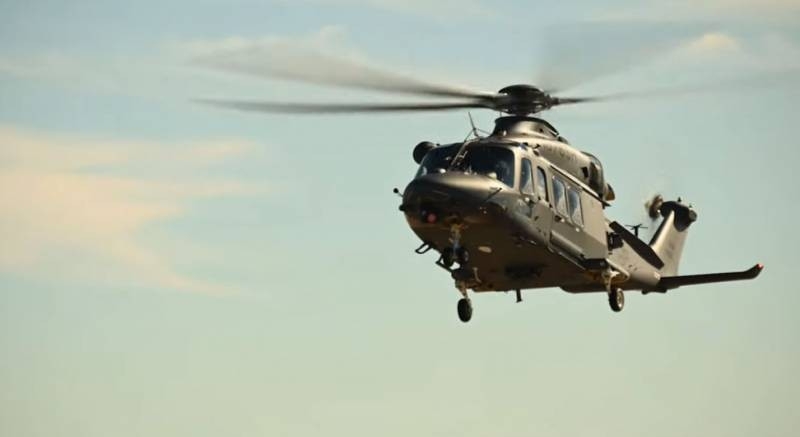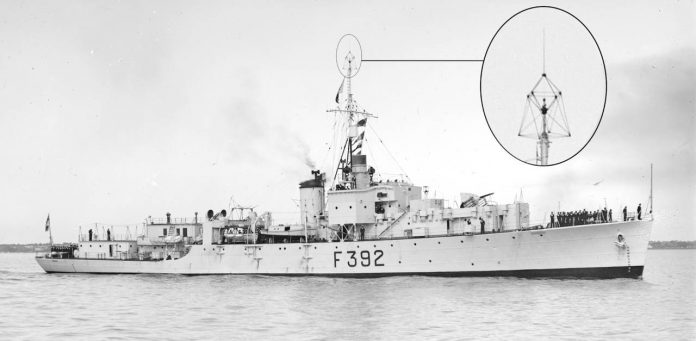
With the outbreak of World War II, the British ASDIC was virtually the only means of searching for and detecting submarines. (abbreviation from English. Anti-Submarine Detection Investigation Committee, Submarine Detection Study Committee). It was the prototype of modern sonar, he worked on the principle of echolocation. The use of ASDIC created certain problems for the “wolf cubs” of Doenitz, and summer 1940 in the year he proposed to change the tactics of attacks on the convoys of the allied forces.
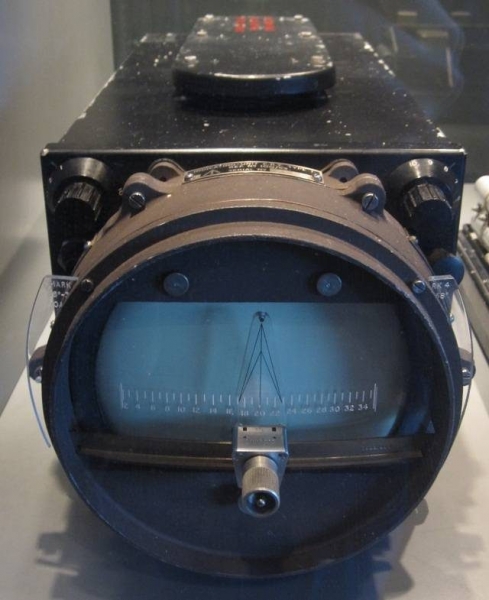
ASDIC display
According to Grand Admiral, British escort most often consisted of not the newest ships, characterized by weak protection and not the most advanced echo sounders. Therefore, the Germans decided to attack the guard ships at night and from the surface, in which ASDIC could not detect submarines at a sufficient distance. And the night did a good job of hiding the protruding cuttings of the Germans from observers as if from the air, as well as from ships. And Doenitz's tactics bore fruit - the boats of the U series with impunity sent more and more new ships to the bottom with enviable regularity.
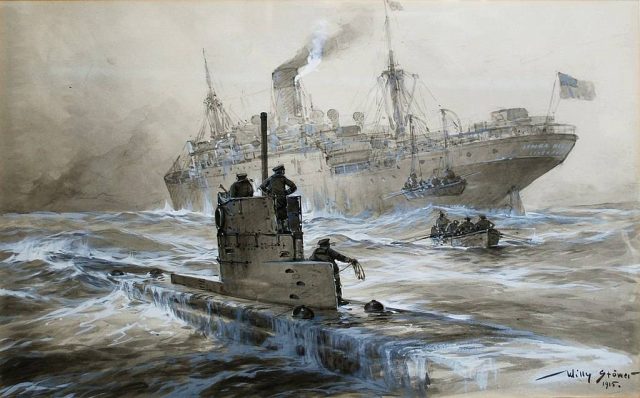
One of the episodes of the Battle of the Atlantic
Any war is very similar to a game of chess - every move of the enemy forces the opposing side to look for retaliatory steps. And the UK responded by installing special anti-submarine radars of the Mark I type on ships and aircraft of the Coast Guard.. In particular, Bristol Beaufighter Mk IF two-seat heavy fighter became the world's first aircraft with an onboard locator, on which a version of the AI Mark I locator was mounted with a mass 270 kg.
But this radar was not quite suitable for detecting a submarine on the surface., and early 1941 year it was replaced by Mark II. This equipment already made it possible to “spot out” a protruding cabin at a distance of up to 13 km, but she had problems. The thing is, that at night the plane could not enter the bombing of a German submarine, since interference from the sea surface masked the location of the submarine. The aircraft had to fly at altitudes, not exceeding 850 m, otherwise, the radar signals reflected from the water illuminated the screens. But such a technique nevertheless played its role - the Germans reduced their agility in attacks, and the losses of the British Navy decreased, especially in the reach of the Coastal Command.
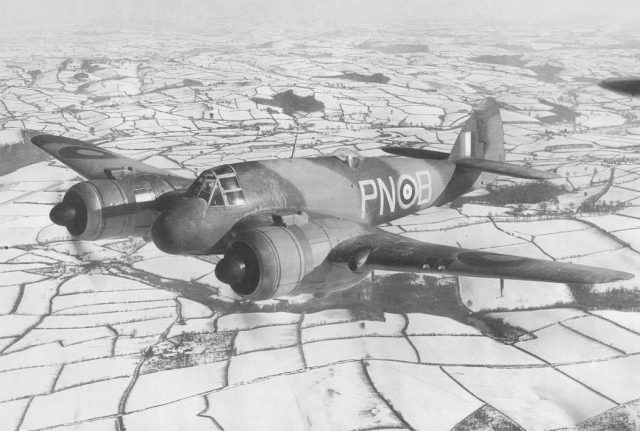
Bristol Beaufighter Mk IF - the world's first winged radar carrier
From that moment on, the German submariners have a response - a massive attack on the convoys by a "wolf pack" from all sides. Moreover, the Germans began to do this at a distance from the coast of Britain, which excluded detection by aircraft with their ubiquitous radars. Then the Americans also got it - in May and June 1942 years the Nazis sank about 200 Yankee merchant ships.
The answer is not long in coming. For heavy and «long-range» aircraft such as Consolidated B-24 Liberator allies installed new radars, operating at frequencies 1-2 GHz, as well as powerful Leigh Light spotlights. The latter made it possible to illuminate with a beam a German submarine that had surfaced for an attack from a distance. 1,5 km, which greatly simplified the attack on her. As a result, the German U-boats went to the bottom much faster and more fun..
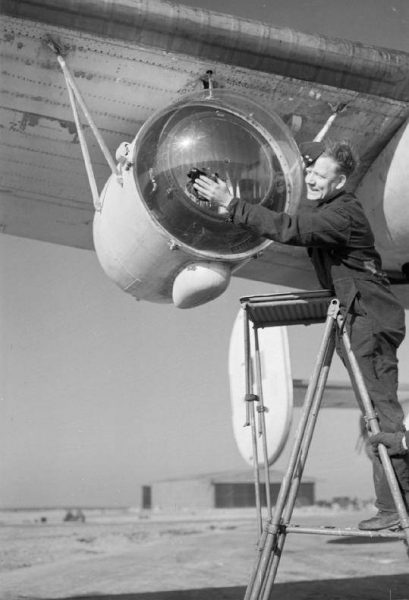
Leigh Light searchlight under the wing of a B-24 Liberator
In the fight against such British tricks, German submarines appeared in the middle 1942 FuMB1 Metox locator detectors, later FuMB9 Wanze and FuMB10 Borkum, developed too late FuMB7 Naxos and so on until the very end of the war. The Germans only changed the operating range of the received radio emission and sensitivity.
Notably, that the Germans borrowed receivers for Metox ready-made from the warehouses of a French company. Only receiving antennas had to be invented, which in a hurry were built around a wooden cross, for which they received the nickname "Biscay Cross". The key advantage of such receivers was the early detection of radiation from British aircraft radars.. As soon as the submarine commander received a signal from Metox (or later), he immediately urgently immersed the boat under water. And all this happened before the detection of boats by aircraft radars.
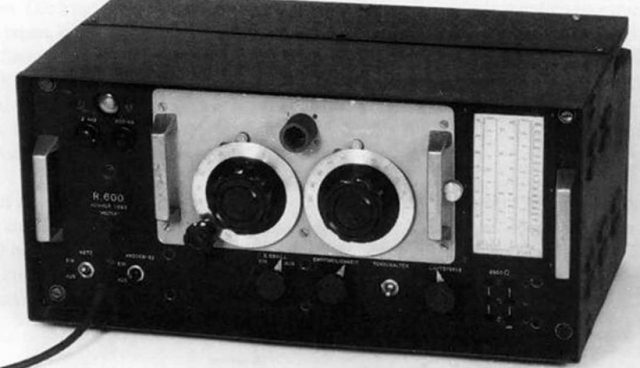
FuMB1 Metox control equipment
The British decided to fight Metox in a simple and proven way - by changing the frequency and length of the radio wave of the locator. At the beginning 1943 year appeared Mark III with a frequency 3 GHz with wavelength in 10 cm. Now planes could fly up to an unsuspecting submarine, which, for example, surfaced to recharge the batteries. Metox was silent in such a situation. And the Germans in this story at first seriously missed the assumptions regarding the reasons for the discovery of U-boats..
The surviving commanders told, that before the night raid they did not hear the alarm from Metox, but the engineers for some reason did not listen to the sailors. Instead, they decided, that the British are bearing submarines by ... thermal radiation from diesel engines! As a result, they spent a lot of time and money on equipping the thermal insulation of the engine compartments of submarines.. Special heat shields installed on submarines, who gave nothing, except for reducing the speed of submarines. Naturally, nothing sensible came out of this action, and in May-June 1943 the Germans lost about a hundred submarines.
The inspiration for the Germans came after, how parts of the H2S radar were found in Rotterdam (magnetron lamp) on a downed british plane. As a result, all forces were thrown into the development of a new radar radiation receiver with a wavelength 10 cm.
The Germans tried to mislead "flying radars" with the help of balloons, that were left hanging on high 10 meters above the sea. Such traps, codenamed Bold, were equipped with steel cables to reflect Allied radar signals and were attached to drifting buoys.. But their efficiency was expectedly low - the effective dispersion area of Bold was much lower, than a submarine, which was easily detected on the radar screen.
The snorkel was an unexpected way out, who stood on many German submarines at the end 1943 years - with it it was possible to recharge the batteries, just sticking it out of the water. The Germans even covered them with a special radar absorbing material - here the radars were almost powerless. When submarines began to be equipped with FuMB7 Naxos, able to effectively determine the exposure of a radar with a wavelength 10 cm, it was already too late - the losses of the German submarines were too great.
But not only with the help of locators they hunted for the “wolf packs” of Doenitz. To communicate with the main German land, the submarines were forced to surface, determine their coordinates and radio the command or neighboring ships. Here they were taken by the forces of the Allied fleet, passed the coordinates to the hunters and drowned the Germans. Usually a group of hunters included a couple of destroyers or frigates, which left few chances for the enemy. To avoid such losses, the Germans had a know-how - "syringe" transfers, which were pre-recorded in accelerated form, and then transmitted in just a fraction of a second. At the receiving station, it was only necessary to slow down the recording of the radiogram.
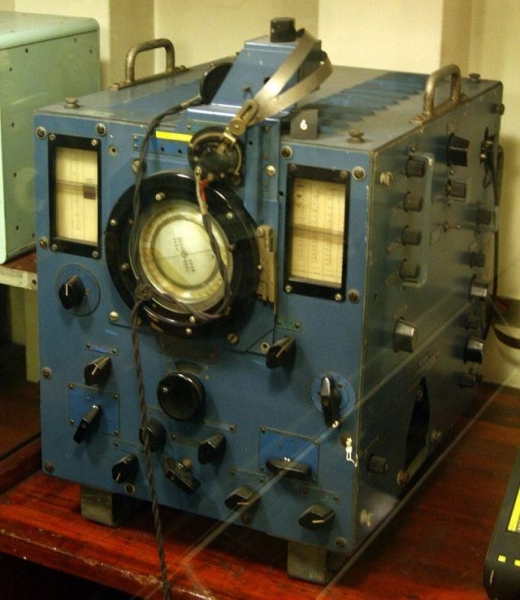
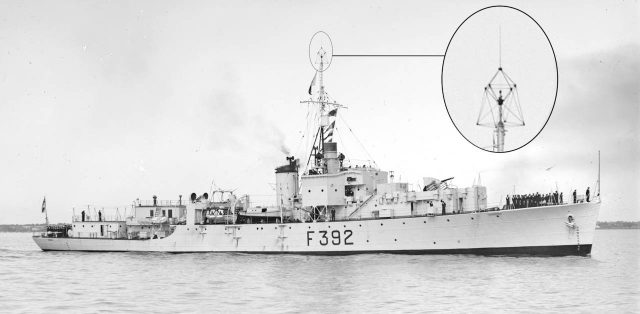
Huff-Duff automatic direction finder and its antenna on a warship
The answer was the automatic direction finder Huff-Duff, sharpened to intercept and determine the bearing of such "quick-fire" radio transmissions. They were put on ships, as well as to coastal posts, which made it easier to triangulate. This became another modest nail in the coffin of the German Kriegsmarine..
Generally, following the results of the war, it can be stated, that the German command of the Air Force and Navy often neglected electronic intelligence. Meanwhile, the regular interception of electromagnetic radiation in the sky of Britain would tell the Germans a lot about the intricacies of the war.
To be continued…
/Yevgeny Fyodorov, topwar.ru/








